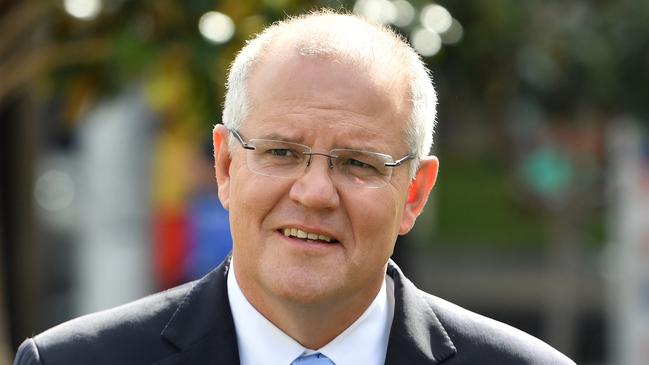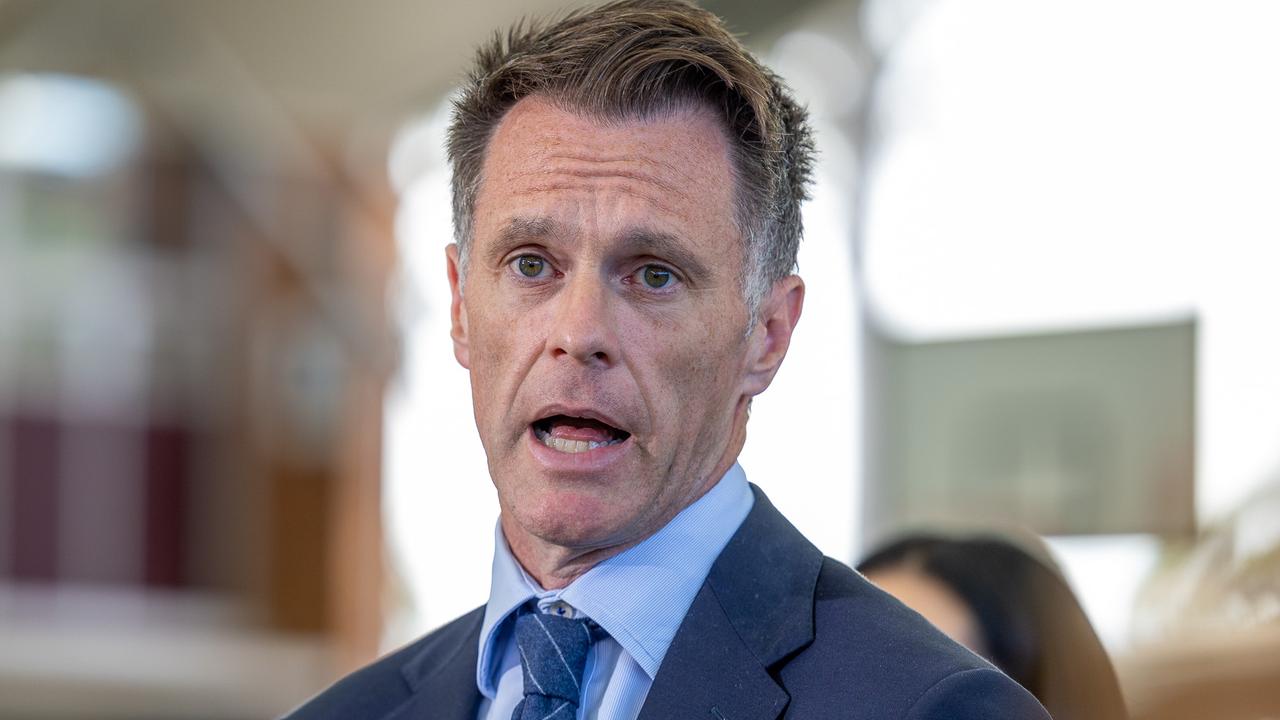Budget 2019: Morrison’s election war chest to reach $70bn
Expectations grow that government will next week reveal that the budget is already in surplus.

Scott Morrison could have an election war chest of up to $70 billion as expectations grow that the government will reveal next Tuesday that the budget is already in surplus.
This would bring forward Treasury’s original forecast by a year and mark the end of a decade of rising debt and deficits since the accounts were first plunged into the red by the Rudd government in response to the global financial crisis.
More significantly, forecasts by leading market economists of an improved bottom line would deliver the Prime Minister and Josh Frydenberg the option of a big-spending election platform, including further tax cuts to help counter Bill Shorten’s estimated $200bn tax-and-spend agenda.
Budget analysis released by the Commonwealth Bank yesterday says the combined surpluses between 2019-20 and 2021-22 will reach almost $60bn, which marks a $23bn improvement on the mid-year budget updates from December.
With the government having already banked provisions for $9.3bn in tax cuts and $1bn in additional spending in the mid-year economic and fiscal outlook, the Treasurer would have a war chest of up to $70bn for election handouts and greater capacity to reduce debt.
The Commonwealth Bank’s budget preview claimed the government could throw up to $6bn more in tax cuts “into the pot” based on higher commodity prices and tax revenue from strong employment growth.
“Further personal income tax cuts look like a good option, particularly given the recent weakness has been focused in the household sector,” the Commonwealth economists said.
Mr Frydenberg has all but confirmed a better-than-forecast budget bottom line, revealing at the weekend that nominal GDP — which underwrites the government budget position — remained strong despite broader economic risks ahead.
Labor’s suite of tax measures on negative gearing, franking credits, trusts and high incomes deliver about $30bn over the budget forward estimates period.
Labor has so far earmarked $5.8bn of this for tax cuts for low-income earners, on top of those delivered by the Coalition in last year’s budget, while it has committed about a further $9bn in spending measures mainly on health and education.
ALP spending measures include a business investment tax deduction costing $3.3bn.
This means that in principle, whatever the Coalition promises from its improved budget surplus, Labor could top by as much as $15bn. Labor has promised that some of its increased tax revenue will be devoted to larger budget surpluses.
Labor has opposed the Coalition’s longer-term tax plan, which would put most income earners onto a flat 32 per cent tax rate and has been costed at $122bn over a decade.
The ALP’s combined tax measures would leave its budget position a massive $280bn stronger over the decade.
National Australia Bank economists believe the budget could report a return to surplus in the current financial year, which would be a year ahead of schedule.
“The narrative of this budget will be to proclaim the budget is back in surplus, arguing that this demonstrates the government’s superior economic management,” the bank’s budget preview said.
The NAB said that, in the 12 months to February, the deficit was only $900 million and, after making allowance for the seasonal variation in tax receipts, the budget has been in surplus since the middle of last year.
NAB economists say the 2018-19 financial year should show a surplus of $1.2bn, compared with Treasury’s prediction of $5.2bn made last December.
However, they are more cautious about the outlook for the next three years, predicting that the combined surplus will only be $25.6bn, which would be about $5bn less than Treasury’s mid-year forecast.
The NAB economists said their caution reflected the slowdown in the Australian economy, which began in the latter half of last year, as well as the difficulty in predicting what will happen to the prices of Australia’s key export commodities.
The improvement in the budget position since the December budget review mainly reflects the strength of iron ore and coal prices. Iron ore and steelmaking coal prices have both been averaging about 50 per cent more than Treasury had factored in to its budget calculation, as a result of strong demand from China and, in the case of iron ore, shortages in supply from Brazil following the collapse of a tailings dam.
Deloitte Access Economics has forecast surpluses over the next three years totalling $43bn, without taking into account the $10.3bn in revenue and spending measures already squirrelled away. Partner Chris Richardson has warned that the Australian budget is looking better because the Chinese economy is looking worse, and its authorities are responding with stimulus measures.
Westpac also expects the combined surplus over the next three years would be about $45bn before additional policy spending. However, its economists expect the government will use the entire improvement in the budget, leaving the budget bottom line the same as at the mid-year update.
“We anticipate that all of the upside surprise to the budget will be returned to the people — in the form of lower taxes and higher spending,’’ Westpac chief economist Bill Evans said.
“This is a budget that will ‘give back to the people’.’’
He said the boost to commodity prices meant that the size of the economy, or nominal GDP, would be $10bn larger over 2019-20 than had been expected at the time of the budget update.
The Treasurer has declared the budget would outline the Coalition’s election platform which it claims will be on lower tax, more infrastructure and spending on essential services including schools, hospitals and roads.


